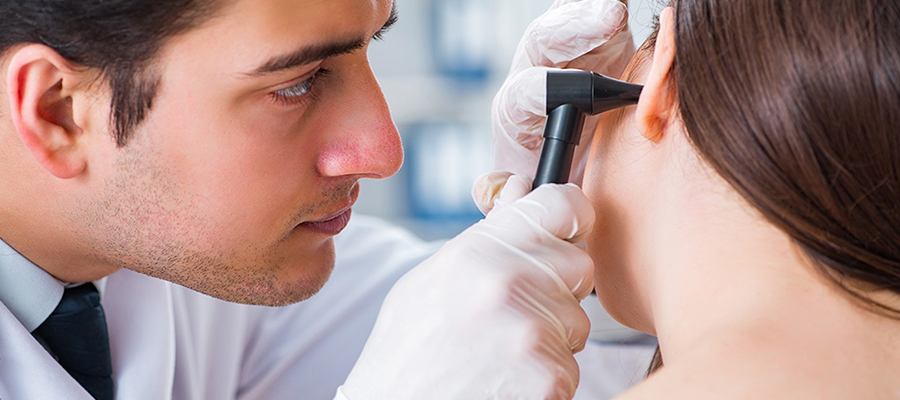
Eardrum Surgery in Turkey
The eardrum is a transparent membrane inside the ear canal that separates the outer ear from the middle ear. It is about one centimeter in diameter and only 0.1 millimeters thick. It prevents foreign bodies such as water or bacteria from entering the ear from the outside. The elastic membrane catches and vibrates the sound waves and transmits the acoustic signals inside it to the middle ear. Therefore, it is also of great importance for hearing. The eardrum can rupture due to trauma or inflammation. Under normal conditions, the body repairs the eardrum itself. However, sometimes the body cannot heal the eardrum due to the large hole in the membrane, inflammation, or other reasons. If the eardrum is permanently ruptured, chronic inflammation may develop in the ear. If the inflammation has become chronic or there is hearing loss due to damage to the membrane, hearing loss can prevent by early
eardrum surgery.
Causes of rupture of the eardrum
The eardrum can perforate due to traumatic reasons such as deep cleaning the ears with a cotton swab, pressure changes due to sudden diving or flight, especially in children, or a chronic ear infection.
When is eardrum surgery necessary?
A minor injury to the eardrum usually heals on its own within a few days. The ear should always be kept clean and dry. If an ear infection is present, infected ear fluid usually drains out of the hole in the membrane. If the infection persists for a while, it should clear up with additional treatments such as medication or ear drops. After the infection clears, the puncture in the membrane may close on its own.
However, in relatively large punctures lasting more than three months without infection or drainage, the elastic membrane is no longer likely to close on its own. At this point, eardrum surgery may consider. The decision to have surgery depends on several factors, including the patient’s age, history of infection, other ear-related problems, and the degree of hearing loss, if any. Even if children have hearing loss and discharge in their ears, they may not express this situation well. For this reason, ear pain and ear discharge are symptoms that need attention, especially in children.
How is eardrum surgery done?
There are different methods of surgery according to the degree of the problem in the ear. The simplest type of repair of the eardrum is called patch myringoplasty. The hole in the eardrum is closed by a material that blocks the cavity in the membrane. Closing the hole supports the body’s normal healing process. The material used can be paper, gelatin material, or a small piece of oil from the earlobe. Patch myringoplasty usually takes 5 to 10 minutes. However, this method is only applicable for relatively small holes in the middle of the eardrum. If the hole is large, if there is a chronic inflammation problem with it, or if the hole does not close despite myringoplasty, the eardrum can treat with an operation called tympanoplasty.
Tympanoplasty usually requires general anesthesia. If necessary, the incision is made through the ear canal or behind the ear to avoid visible scars. The operation performs with a surgical microscope. First, a skin flap cut from the ear canal. In this way, the eardrum can remove from the back as a whole. The bony ear canal may need to be enlarged for adequate visualization of the middle ear cavity and ossicles. In this way, the function of the ossicles can control. If the ossicles do not transmit sound well or cholesteatoma has formed, they can be removed and replaced with a prosthesis. The puncture in the eardrum can close with cartilage from the auricle or connective tissue taken from under the ear. These materials adhere seamlessly to the remnants of the eardrum without the use of stitches. The graft material can support from behind with some filling material that slowly dissolves over the next three to two months. The repaired eardrum is then brought back to its natural position.
Recovery after eardrum surgery
After eardrum surgery, the ear remains with a tampon for one to three weeks. One week after surgery, the patient can mostly return to her physical activity. The ear does not get wet and sweaty. If there is severe pain in the ear after surgery or pus flows from the ear, it may be due to infection. In such cases, the surgeon should consult immediately to treat the infection. After the tampon removes after three weeks, the ear canal needs to be cleaned and treated with ointments for a while. The ear should keep dry until the doctor approves normal showering, bathing, or sweating.
You can use our contact page for information and appointments.

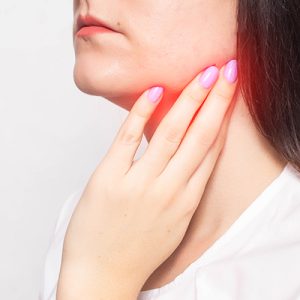
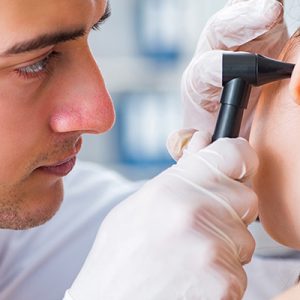
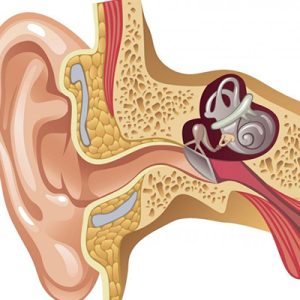
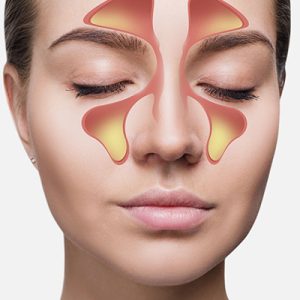
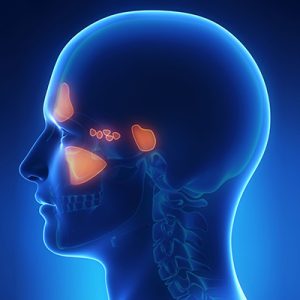





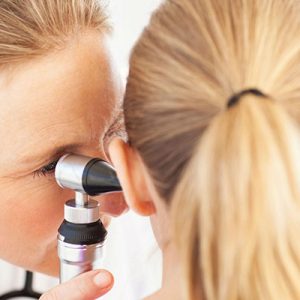







I am 5 weeks since my operation and am already extremely happy with my results. Thank you Hayati for everything you have done..
Dr Hayati Kale and his amazing staff were very professional, informative and friendly, and provided a first class result. Highly recommended..
The result is exactly what I was looking for. I'm finally able to breathe and couldn't be happier with the improved shape of my nose..
If you are considering a rhinoplasty surgery without hesitation, I highly recommend Hayati Kale ! There is no one better than him in Istanbul.